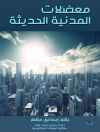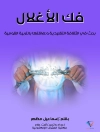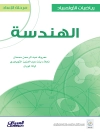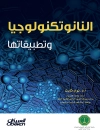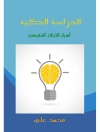This book identifies and surveys the major themes around ‘out-of-field teaching’, that is, teaching subjects or year levels without a specialization. This has been an issue in many countries for some time, yet until recently there has been little formal research and poor policy responses to related problems. This book arises out of collaborations between members of an international group of researchers and practitioners from Australia, Germany, Ireland, England, South Africa, Indonesia and the United States. Cross-national comparisons of ideas through case studies, descriptions of practice and research data interrogates the experiences, practices, and contexts relating to out-of-field teaching. In particular, the book considers the phenomenon of out-of-field teaching in relation to national policy contexts, local school leadership practices, professional development. The book represents an essential contribution on a highly topical issue that has implications for quality and equitableeducation around the globe.
Table of Content
Part I. Teaching out-of-field as a world-wide phenomenon: Defining and understanding a contextualized issue.- Chapter 1 Teaching out-of-field as a phenomenon and research problem.- 2 Measuring out-of-field teaching.- 3 Teaching out-of-field internationally.- Part II. The Complexity of the teaching out-of-field phenomenon.- 4 Examining the complexity of the out-of-field teacher experience through multiple theoretical lenses.- 5 Teacher professional competence: What can be learned about the knowledge and practices needed for teaching?.- 6 Subject specific demands of teaching: Implications for out-of-field teachers.- 7 Out-of-field teaching affecting students and learning: What is known and unknown.- Part III Confronting dilemmas and addressing the issues of teaching out-of-field.- 8 Attending to out-of-field teaching: Implications of and for education policy.- 9 The out-of-field teacher in context: The impact of the school context and environment.- 10 Initial teacher education: Roles andpossibilities for preparing capable teachers.- 11 Teacher learning and continuous professional development.- 12 The out-of-field phenomenon: Synthesis and taking action.
About the author
Linda Hobbs has taught science education at the tertiary level since 2002. Her Ph D explored the effect of subject culture on the ways teachers conceptualize science and mathematics teaching; out-of-field teaching emerged as an issue requiring further research in Australia. Since then, Linda has undertaken various research projects relating to teachers’ experiences of teaching out-of-field, the influence of context, support and teachers’ personal resources on perceptions of feeling out-of-field, how teacher education programs prepare teachers for out-of-field teaching, and the policy climate relating to the issue. With funding for an Australian Research Council Discovery Project (2015-2017) Linda is part of a team (from Deakin, University of New England and University of Queensland) exploring the learning needs and school cultures supporting teachers new to mathematics and science teaching, including out-of-field teachers. Linda also heads an international group exploring this issue.
Professor Törner studied mathematics and physics at the University of Giessen from 1968 to 1972. He received his Ph D with the thesis “A classification of Hielmslev levels and Hielmslev rings” in 1975. Subsequently, he worked as a lecturer at the Technological University Darmstadt for four years. In 1977, he earned his postdoctoral lecturer qualification in mathematics. In 1978, he became a professor at the University of Paderborn. In the same year he was appointed as a full professor at the University of Duisburg-Essen, where he chaired the Department of Discrete Mathematics and Algebra. Prof. Törner has supervised many dissertations and continues to publish internationally. Additionally, he is pursuing numerous research projects with business partners as well as international partners from academia.


